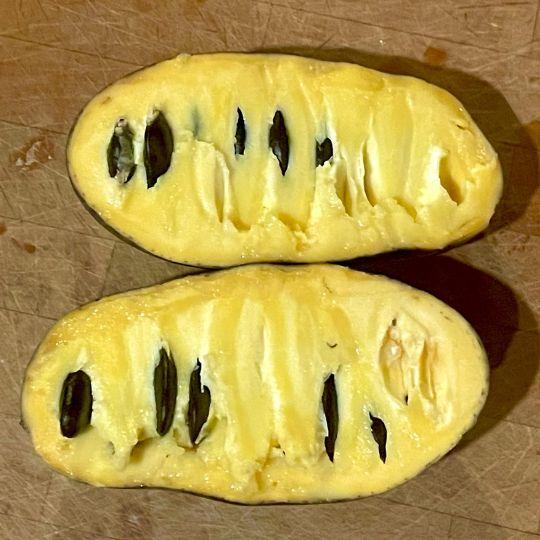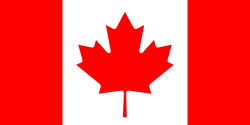Cultiving Pawpaw in Québec
Pawpaw (Asimina triloba), also known as the American custard apple or “poor man’s banana,” is a fruit tree that is gaining popularity in Quebec. Adapted to temperate climates, it produces exotic-tasting fruit similar to banana, mango, and melon. With a well-chosen location, proper pollination care, and some patience, you can enjoy delicious exotic fruits straight from your garden!
Pawpaw : A Unique Fruit in North America
Native to eastern North America, the pawpaw is the largest edible fruit indigenous to the continent. This deciduous tree, reaching between 3 and 6 meters in height, known for its resistance to diseases and pests. Its foliage and deep purple flowers also make it an attractive addition to any landscape.
Climatic Conditions and Adaptation to Quebec
The pawpaw is surprisingly hardy. It can tolerate temperatures as low as -25°C, making it suitable for cultivation in many regions of Quebec, provided it is given a well-protected location away from cold winds..
Sunlight and Soil Requirements:
Choose a sunny or semi-shaded location.
A rich, well-draining, and slightly acidic soil (pH 5.5 to 7) promotes its growth.
Avoid heavy clay soils that retain too much water.
How to Plant a Pawpaw?
Choosing Plants: Plant at least two trees, as pawpaw is not self-fertile and requires cross-pollination.
Planting: In spring or early autumn, dig a hole twice as wide as the root ball and mix compost with the soil.
Watering: Keep the soil moist but not overly wet during the first year.
Protection: Protection: Young plants are sensitive to cold winds and intense sunlight. Applying organic mulch will help retain moisture.
Maintenance and Pollination
Watering : Moderate but consistent, especially during dry periods.
Fertilization : A yearly application of compost or organic fertilizer in spring is recommended.
Pruning : Light pruning to remove dead branches or improve structure.
Pollination : Since bees are not attracted to its flowers, some growers use a paintbrush to hand-pollinate or introduce natural pollinators such as flies and beetles.

Harvesting and Storing the Fruit
Pawpaw trees produce fruit after approximately 5 to 7 years. Harvesting takes place between late August and October. Ripe fruits are identified by their soft texture and yellowish color.
Storage Tips:
At room temperature: 2 to 3 days.
In the refrigerator: Up to a week.
Freezing: The pulp can be frozen for later use.
Why Grow Pawpaw in Quebec?
Resistant to diseases and easy to grow.
Produces exotic and nutritious fruits.
Ideal for diversifying gardens with a rare native species.
